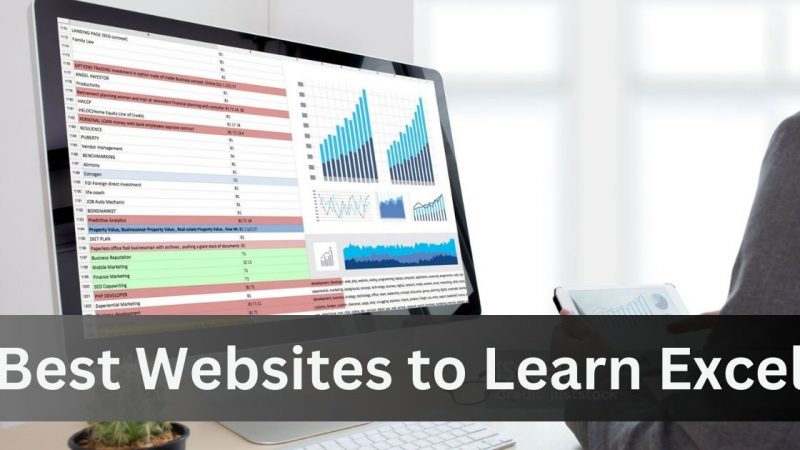Budgeting and forecasting is traditionally done yearly. Even though more and more organizations are replacing traditional budgeting with newer trends such as rolling forecasts, FP&A is still looked at from a yearly point of view.
And even when broken down into quarterly forecasting, the financial plan still follows the yearly calendar as a whole.
No matter how companies break down their forecasts, there is still a heavy reliance on the calendar year.
Now more than ever, companies are looking for ways to break down budgeting and forecasting into shorter periods of time. With markets going downhill, interest rates rising, and consumer sentiment changing constantly, organizations need to be more in touch with short term forecasting.
While many companies are forecasting more frequently, this doesn’t always lead to a more efficient use of time or a more accurate forecast when done without much thought behind it.
A good solution to this is forecasting seasonally. By breaking down the forecasting periods in a systematic way, a company can maximize its strategy and improve forecasting efficiency tremendously.
4 Main Benefits of Seasonal Forecasting
1) More accurate high/low forecasts
The biggest benefit of forecasting seasonally is that this makes forecasts far more accurate. Consumer sentiment is made up of many factors, and the seasons are definitely one of them.
The most obvious example is how the weather and holidays affect business forecasting. January is traditionally one of the worst months for retail, as customers are “hungover” from holiday shopping and vacations, and many have come to the realization that their wallets are much thinner than they expected.
The additional factor of the cold weather in much of the world doesn’t help encourage people to leave their houses and spend money either.
In B2B sales, the summer months (especially August) are often the slowest. Everyone is trying to get in their final vacation of the summer, and most executives don’t want to hear a sales pitch about a new software while they are at the beach with their families.
Whether it’s a direct influence or an indirect reaction from other industries, weather, holidays, and worldwide events have a direct impact on consumer sentiment. The more that forecasting is broken down into categorized periods of time, the higher the chances of accurate high and low forecasts.
2) Expanded what-if scenarios
What-if scenarios are an increasingly important part of forecasting. The global market is extremely interconnected, and as we have seen from the events of the past few years, just about every business is affected by local and global influences.
While many companies are using advanced analytics tools to expand their forecasting and what-if abilities, there still needs to be a thought out and planned approach to seasonal forecasting that is individual to each organization.
A company that relies on production facilities in areas with extreme weather conditions knows that during certain months there is a large chance for disruptions in their industry. This will help them narrow down the problematic months and get down to the nitty gritty of more accurate what-if scenarios.
3) Understand your customer trends
Customers are the backbone of any business, and gaining even a small competitive edge in understanding their preferences and sentiments can increase profits by a large margin.
Seasonal forecasting helps gain that increased competitive edge. If a certain product is expected to sell more or less than usual, then inventory can maximize their efforts and be prepared for either scenario.
If weather, global events, or market trends in certain regions are expected to influence the company in the short term, then finance and the rest of the company can be prepared as well. And if there is a reason to believe that now is a good time to overtake competition, then increasing a certain marketing campaign budget could be a great strategy.
Any small findings that can help gain insights into consumer sentiment can turn into a big advantage when used correctly. Seasonal forecasting is often the way to find these small competitive advantages and turn them into big advantages.
4) Increased efficiency across all departments
Traditional forecasting tends to keep the numbers central. Highs and lows usually predict sales and profits, but oftentimes don’t get down to the predictions for each department and individual aspect.
Often in forecasting, each department writes the worst or best case scenario that covers exclusively their own department. They tend to pad their numbers based on worst case scenarios they’ve experienced in the past, and most importantly it covers their areas of responsibility.
But these kinds of predictions don’t create the most accurate forecasting, as communication and combined what-if scenarios get more and more off the mark the more an organization gets bigger.
When each department starts to conduct high and low profitability analysis, it forces each department to pay more attention to other functions in the company and how they connect to each other. Each individual function can start to write better plans based on the additional information.
This is even more true in seasonal forecasting when everyone pays far more attention to the details. Not only will each department dig down and get to more accurate analytics, but they will also automatically pay more attention to others’ analytics making all of the forecasting and what if scenarios more accurate.
Most importantly, this leads to a more efficient use of all of the employee’s time. Knowing when and where to focus efforts will be a big competitive advantage both inside the company as well as being able to cater to customers’ unique needs, wants, and trends.





